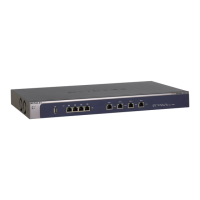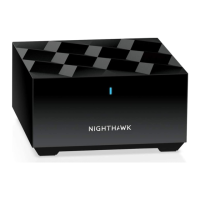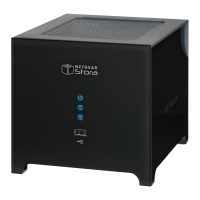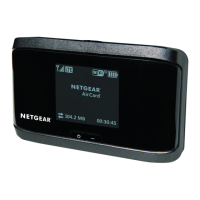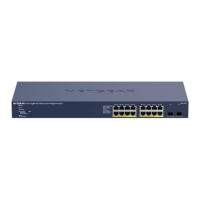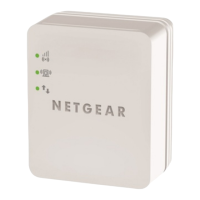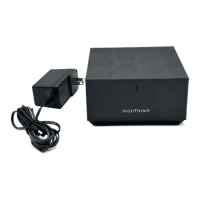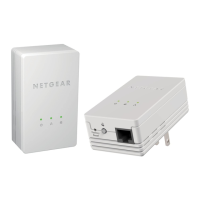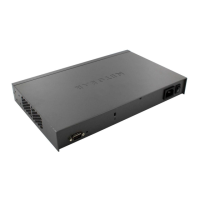Firewall Protection
128
ProSecure Unified Threat Management (UTM) Appliance
Select Schedule The time schedule (that is, Schedule1, Schedule2, or Schedule3) that is used by this
rule.
• This drop-down list is activated only when BLOCK by schedule, otherwise allow or
ALLOW by schedule, otherwise block is selected as the action.
• Use the Schedule screen to configure the time schedules (see Set a Schedule to Block
or Allow Specific Traffic on page 163).
Send to LAN Server The LAN server address determines which computer on your network is hosting this
service rule. (You can also translate this address to a port number.) The options are:
• Single address. Enter the required address in the Start field to apply the rule to a
single device on your LAN.
• Address range. Enter the required addresses in the Start and End fields to apply the
rule to a range of devices.
Send to DMZ Server The DMZ server address determines which computer on your network is hosting this
service rule. (You can also translate this address to a port number.)
Translate to Port
Number
If you want to assign the LAN server or DMZ server to a specific port, you can enable this
setting and specify a port number.
WAN Destination IP
Address
The setting that determines the destination IP address applicable to incoming traffic. This
is the public IP address that maps to the internal LAN server.
On the multiple WAN port models, it can be either the address of a WAN interface or
another public IP address (when you have a secondary WAN address configured)
. On
the single WAN port models, it can be either the address of the single WAN interface or
another public IP address (when you have a secondary WAN address configured).
You also have the option to enter an address range. Enter the required addresses in the
Start and End fields to apply the rule to a range of devices.
LAN Users The settings that determine which computers on your network are affected by this rule.
The options are:
• Any. All PCs and devices on your LAN.
• Single address. Enter the required address in the Start field to apply the rule to a
single device on your LAN.
• Address range. Enter the required addresses in the Start and End fields to apply the
rule to a range of devices.
• Group. Select the group to which the rule applies. Use the LAN Groups screen to
assign PCs to groups. See Manage Groups and Hosts (LAN Groups) on page 106.
• IP Group. Select the IP group to which the rule applies. Use the IP Groups screen to
assign IP addresses to groups. See Create IP Groups on page 156.
Note: For LAN WAN inbound rules, this field is not applicable when the WAN mode is
NAT because your network presents only one IP address to the Internet.
WAN Users The settings that determine which Internet locations are covered by the rule, based on
their IP address. The options are:
• Any. All Internet IP address are covered by this rule.
• Single address. Enter the required address in the Start field.
• Address range. Enter the required addresses in the Start and End fields.
• IP Group. Select the IP group to which the rule applies. Use the IP Groups screen to
assign IP addresses to groups. See Create IP Groups on page 156.
Table 28. Inbound rules overview (continued)
Setting Description
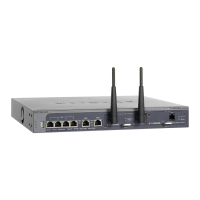
